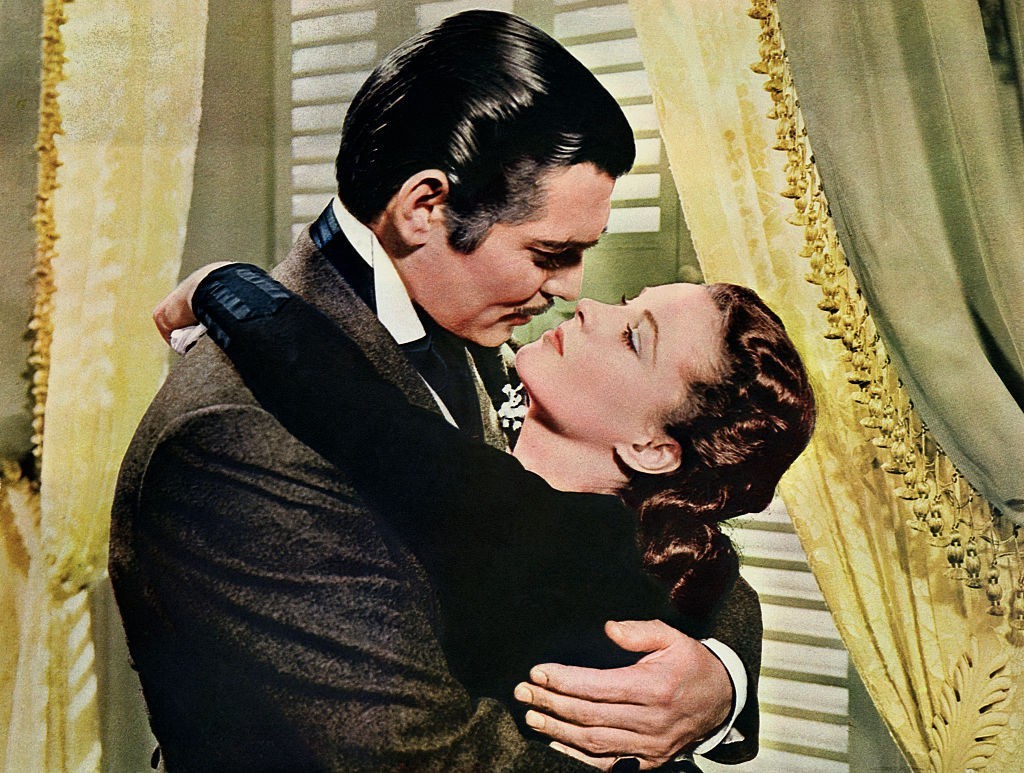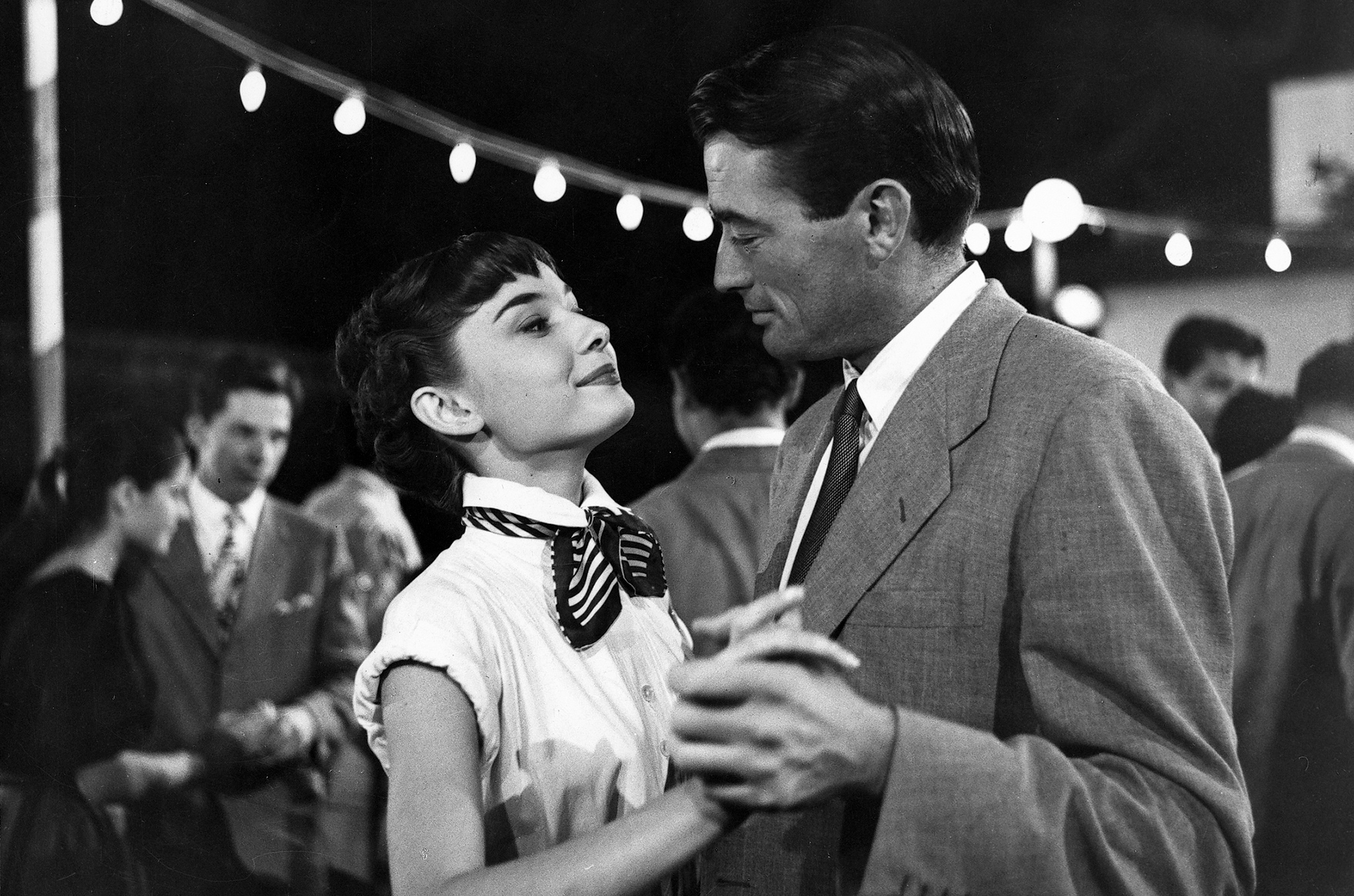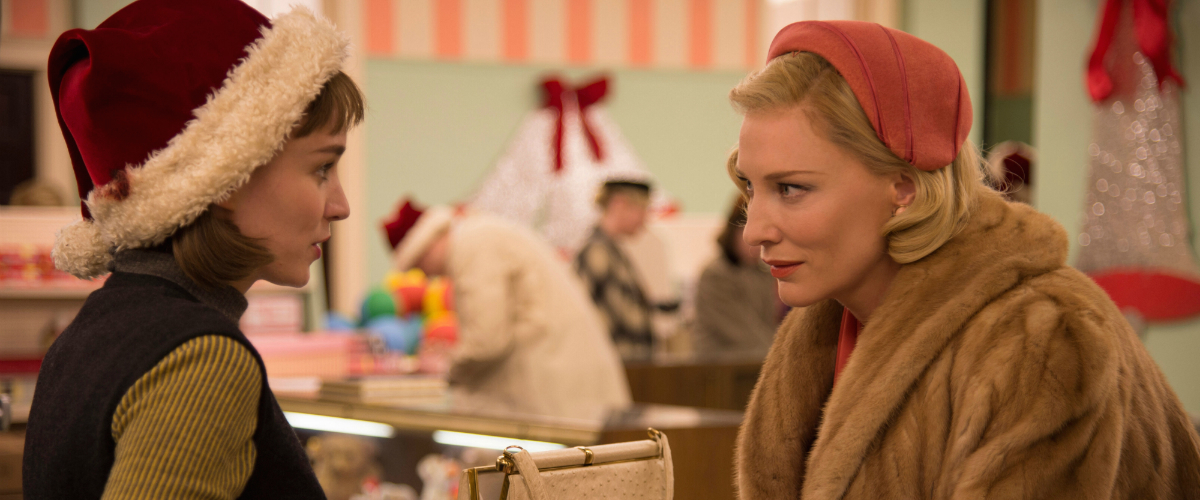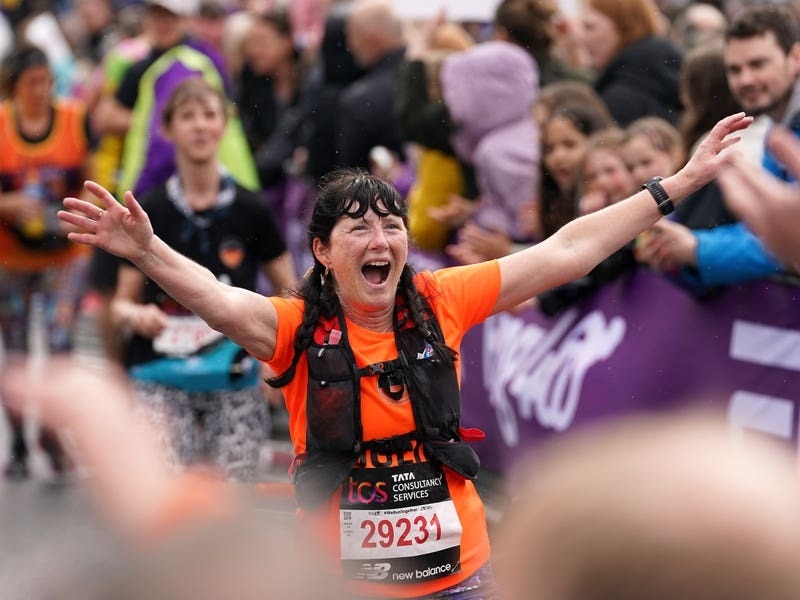ONLINE streaming sites like Netflix and Amazon UK have made it easier than ever to access thousands of films with the click of a few buttons.
And with some Covid-19 restrictions ongoing, and Cineworld Jersey temporarily closed (although hopefully due to reopen ASAP), there has never been a better time to indulge in watching films in the comfort of your own home.
As such, I’ve been running a series on the JEP’s weekly film pages in which, every Saturday, I pick my top 50 must-see films from a particular genre – not necessarily the greatest ever made (although many of them certainly qualify as such), but the ones that I personally most recommend watching.
To date, I have covered crime, comedy, sci-fi, war, romance, horror, action/adventure, film noir, drama, westerns, children’s films and even so-bad-they’re-good films, and you can read my Top 50 Romantic Films list below.
For reasons more to do with OCD than anything else, I never allow the same film to appear in more than one list, thus ET is absent from my top 50 children’s films list because it already appears in my top 50 sci-fi films list, and so on.
All films are listed in order of personal preference, and all feedback is welcome, regardless of whether you agree or disagree with my choices: togg@jerseyeveningpost.com

TOP 50 ROMANCE FILMS
CUE dreamy harp music – yes, it’s time for my top 50 romantic films!
Unfortunately, a large number of modern-day movies in this genre seem to mistake gooey sentimentality for romance and, as a result, they make me want to vomit. A decent romantic film should warm the heart, but the likes of Love Actually, The Fault in Our Stars or PS I Love You only ever succeed in turning my stomach.
Suffice to say, then, there is a definite emphasis on golden oldies in my list, particularly those featuring Cary Grant and/or Hepburns Audrey or Katherine.
1) Casablanca (1942, Michael Curtiz)
OF all the films in all the decades in all the world, it is surely only right that Casablanca tops this – or indeed any – list of the greatest romantic films of all time.
Directed by Michael Curtiz, the legendary wartime romantic drama stars Humphrey Bogart and Ingrid Bergman – both golden-era icons at the top of their game – as a pair of star-crossed lovers reminiscing over their pre-war liaisons in a café casino in the sun-kissed Moroccan city of the title.
Of course, as per most big-budget films of the time, Casablanca was actually shot in Hollywood, but the studio-bound setting only adds to the fantastical feel of the film’s story, as does the haunting theme tune: As Time Goes By.
Watched today, it’s easy to forget that the Second World War was still raging when Casablanca was filmed, and that it was still far from certain whether or not Nazi Germany was heading for defeat. This no doubt accounts for the tangible air of uncertainty that hangs over the entire film, as exemplified by the famously ambiguous ending.
If you’re anything like me, you’ve probably watched the film more times than Bogey downed alcoholic beverages, but it’s always worth playing again.
Film fact: You probably already know this, but it’s worth repeating anyway: at no point in the film does anyone say ‘Play it again, Sam’. They do, however, say, ‘Play it once, Sam. For old times’ sake’ and ‘Play it, Sam. Play As Time Goes By’.
2) Roman Holiday (1953, William Wyler)
GIVEN her omnipresence on greeting cards, clothes, bags, mags and seemingly every fashion accessory or item of stationery ever created, it can be easy to forget that, beneath the style icon, Audrey Hepburn was a fine actress.
Despite her carefully modulated speaking voice (which belied an impoverished upbringing), Hepburn was an effortlessly naturalistic screen presence, with far more range than she is generally credited and comic sensibilities to match many comedians of the time – hell, in 1954’s Sabrina (see number 14) she even manages to make a bungled suicide attempt seem hilarious.
Such talents are all on display in her break-out role in Roman Holiday. Shot largely on location in Rome, William Wyler’s romantic comedy stars Hepburn as the wealthy but world-weary Princess Ann, who – having grown tired of the regimentation of royal life – escapes from the Roman Embassy and finds herself embarking upon an impromptu romp around the ancient Italian city courtesy of Gregory Peck’s scoop-chasing newspaper reporter.
In lesser hands, Hepburn’s spoilt central character would be kryptonite to the audience’s sympathies but, such is the spirit with which the actress imbues Ann, that even the most staunch anti-monarchist is liable to find themselves cheering her on – and then struggling to hold back the tears come the surprisingly melancholy finale.
Film fact: Cary Grant was originally set to play journalist Joe Bradley but he pulled out, citing the age difference between himself and Hepburn (who was then 24), and the part instead went to Peck. By the time of 1963’s Charade, however, Grant was obviously less concerned about such matters and he and Hepburn appeared on-screen together to predictably winsome effect (see number 10).

3) A Matter of Life and Death (1946, Michael Powell and Emeric Pressburger)
THE second-greatest British film ever made (according to Total Film magazine), A Matter of Life and Death is a romantic drama like few others.
Co-directed by Michael Powell and Emeric Pressburger, the genre-bending film stars David Niven as Peter Carter, an RAF bomber pilot who finds himself summoned to a celestial ‘court of appeal’ after crashing his Lancaster bomber over the foggy English Channel and somehow emerging unscathed, much to the displeasure of the ethereal courtroom.
Released in 1946, A Matter of Life and Death is just one of the many Powell and Pressburger masterpieces released by the film-making duo throughout the 1940s and 1950s and its sparkly humour, upbeat narrative and life-affirming message must have seemed like a glorious ray of sunshine after the darkness of the Second World War.
Today, the film is best remembered for its sterling opening sequence, with Carter speaking what he assumes will be his final words to an American radio operator, June (Kim Hunter), as his plane plummets to the ground (‘I’m bailing out, June, but there’s a catch – I’ve got no parachute’).
My personal favourite scene arrives later in the film and sees the characters riding a supernatural escalator up to heaven while Polish composer Allan Gray’s piano plays ominously on the soundtrack.
‘I’ll have my wings soon, big white ones,’ says Carter from his fiery cockpit. ‘I hope heaven hasn’t gone all modern – I’d hate to have a prop instead of wings.’
In a world that has indeed gone ‘all modern’, this warm-hearted British classic offers some much-needed escapism. They really don’t make ’em like this anymore…
Film fact: A Matter of Life and Death is almost like The Wizard of Oz in reverse, with the real-world scenes shot in bright Technicolor and those set in the afterlife filmed in monochrome. Among the deceased servicemen who appear in the latter scenes is a very young Richard Attenborough.

4) Gone With the Wind (1939, Victor Fleming)
5) The Princess Bride (1987, Rob Reiner)
6) Breakfast at Tiffany’s (1961, Blake Edwards)
7) Carol (2015, Todd Haynes)
BASED on Patricia Highsmith’s groundbreaking 1952 novel The Price of Salt, Carol is a romantic drama set in New York in the early 1950s and tells of the then-forbidden love between two adult females: glamorous divorcee Carol (Cate Blanchett) and youthful amateur photographer Therese (Rooney Mara).
The film begins in a glamorous Manhattan department store (Woolies it ain’t) and it is here where the equally glamorous Carol first meets Therese. The pair engage in a brief interaction, throughout which Therese looks understandably awe-struck, before Carol exits, ‘accidentally’ leaving a leather glove on the counter as she goes.
Therese duly returns the glove through the post and, as a thank you, Carol calls the store and invites her for lunch, and it is from here that an intimate but troubled relationship begins to unfold.
At first, it seems that Carol is the more mature of the two, in all senses of the word. However, as the film develops it becomes increasingly clear that, beneath the cool exterior, she is far more emotionally vulnerable than the elfin-like but headstrong Therese.
Not that any of this is patently spelt out for the viewer, as it would be in lesser hands; instead, Blanchett tells you all you need to know about Carol’s innermost insecurities with just a strained smile or self-conscious flick of her hair.
Initially at least, the impression is that Carol is merely longing for company (‘ask me things, please,’ she pleads) and struggling with an ongoing and painful divorce from her estranged husband, Harge (Kyle Chandler).
However, it soon becomes apparent that her feelings towards Therese run far deeper than friendship, leading to one of most emotionally charged utterances of ‘I love you’ in cinema history. Trust me, your heart will be in your throat. Yes, even you, manly male readers.
Throughout all this, Haynes’ film perfectly captures the exciting-scary intensity of new love, whether requited or otherwise, as well as the hopeless despair of heartache, neither of which are as easy to capture on film as might be imagined – or at least not with as much power as Haynes and his leading actresses conjure here.
Blanchett, of course, is among the finest actresses working today, and effortlessly harks back to the greats of Hollywood’s golden age, most notably Katherine Hepburn, who she memorably portrayed in Martin Scorsese’s The Aviator (2004).
She has never been more mesmerising than here, however, and not just to look at: the alluring deep voice she gives Carol is so husky you could fasten it to a toboggan and ride it across the Antarctic.
Rooney Mara, meanwhile, seems to be channelling another legendary Hepburn – in her case, Audrey – in what is undoubtedly the strongest performance of her career to date.
A modern masterpiece.
Film fact: Wondering why Carol looks so gorgeous? Well, it’s because Haynes and his crew shot the film on super 16-millimetre stock in order to replicate the look and feel of photographic film from the 1940s and 1950s.

8) The Graduate (1967, Mike Nichols)
9) The Philadelphia Story (1940, George Cukor)
10) Charade (1963, Stanley Donen)
11) Annie Hall (1977, Woody Allen)
12) Harold and Maude (1971, Hal Ashby)
13) Edward Scissorhands (1990, Tim Burton)
14) Sabrina (1954, Billy Wilder)
15) Brief Encounter (1945, David Lean)
16) An Affair to Remember (1957, Leo McCarey)
17) Grosse Point Blank (1997, George Armitage)
18) The Artist (2011, Michel Hazanavicius)
19) Gregory’s Girl (1981, Bill Forsyth)
20) To Have and Have Not (1944, Howard Hawks)
THANKS to the off-screen romance between Humphrey Bogart and Lauren Bacall, Howard Hawks’ romantic classic boasts some of the most electrifying chemistry ever caught on camera (even if Bogie was old enough to be the 19-year-old Bacall’s father).
And the pair’s spark was rarely brighter than in the iconic scene in which – after much double-entendre-filled banter (‘You know how to whistle, don’t you, Steve? You just put your lips together and blow’) – Steve (Bogart) finally plants one on Slim (Bacall). The fact that Slim immediately follows the kiss by giving Steve a firm slap across the chops only adds to the raunchiness of the preceding smooch.
Film fact: Despite being widely seen as a classic today, To Have and Have Not received a fairly snooty reception from critics upon release, with some labelling it little more than an inferior Casablanca clone.

21) The Apartment (1960, Billy Wilder)
22) Manhattan (1979, Woody Allen)
23) Overboard (1987, Garry Marshall)
24) Doctor Zhivago (1965, David Lean)
25) The Millionairess (1960, Anthony Asquith)
26) It Happened One Night (1934, Frank Capra)
27) When Harry Met Sally… (1989, Rob Reiner)
28) Suspicion (1941, Alfred Hitchcock)
29) The Seven Year Itch (1955, Billy Wilder)
30) From Here to Eternity (1953, Fred Zinnemann)
31) Romancing the Stone (1984, Robert Zemeckis)
32) His Girl Friday (1940, Howard Hawks)
33) Lost in Translation (2003, Sofia Coppola)
34) Rebecca (1940, Alfred Hitchcock)
35) Secretary (2002, Steven Shainberg)
36) Two for the Road (1967, Stanley Donen)
37) Eternal Sunshine of the Spotless Mind (2004, Michel Gondry)
38) Dirty Dancing (1987, Emile Ardolino)
YES, it may seem surprising that a horror-movie-loving hetrosexual 39-year-old bloke would have a soft spot for Emile Ardolino’s unapologetically cheesy chick flick, but I do. Furthermore, I have a soft spot for Patrick Swayze too.
The late Texas-born actor always struck me as someone who was thoroughly aware of his acting limitations and so unpretentiously stuck to roles that best suited his own unique talents. As such, he often proved a likeable, charming and good-humoured screen presence, whether in iconic films like Point Break (1991) or rubbish ones like Three Wishes (1995).
Swayze’s defining role, however, will always be Johnny Castle, and Dirty Dancing his best-loved film. My own enjoyment of the film largely stems from its fantastic soundtrack, which features dozens of classics from the 1950s and 1960s, among them the Ronettes’ Be My Baby, Frankie Valli and the Four Seasons’ Big Girls Don’t Cry and the Shirelles’ Will You Love Me Tomorrow.
Film fact: Despite their on-screen chemistry, Swayze and leading lady Jennifer Grey intensely disliked one another off-camera, and by all accounts would often row between takes. In recent years, Grey has sadly undergone extensive cosmetic surgery and her characterful – and perfectly attractive – nose is no more. Very much a case of someone not appreciating their own finest attributes.

39) Eternal Love (1929, Ernst Lubitsch)
40) Punch-Drunk Love (2002, Paul Thomas Anderson)
41) Roxanne (1987, Fred Schepisi)
42) Only Angels Have Wings (1939, Howard Hawks)
43) Love Story (1970, Arthur Hiller)
44) There’s a Girl in My Soup (1970, Roy Boulting)
45) As Good As It Gets (1997, James L Brooks)
46) Holiday (1938, George Cukor)
47) How to Steal a Million (1966, Willy Wyler)
48) Before Sunrise (1995, Richard Linklater)
49) Before Sunset (2004, Richard Linklater)
50) Jack and Sarah (1995, Tim Sullivan)
* If you enjoyed this list, be sure to read my other top 50 film lists on the Features page of the Jersey Evening Post website






